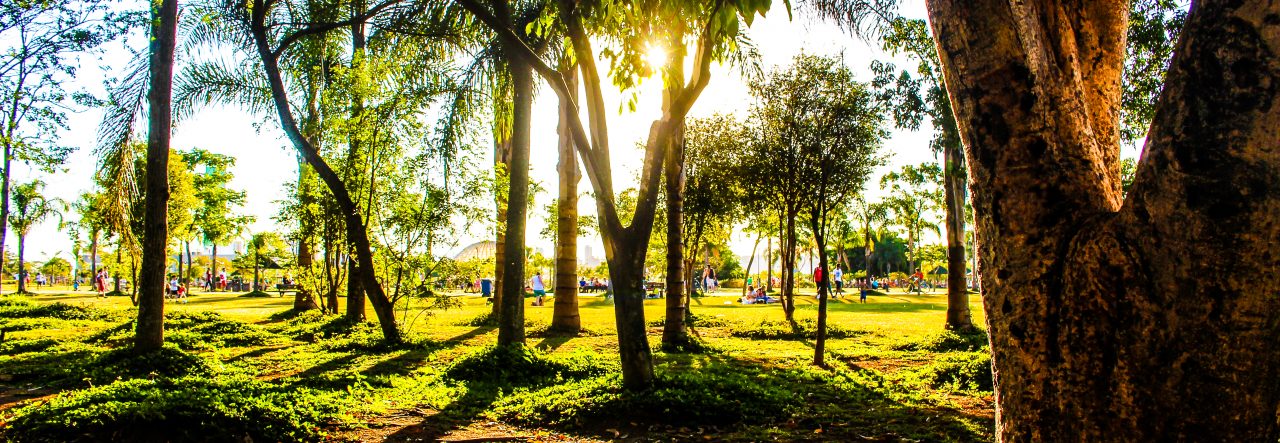i am staying in my current digs for the meeting with the priest on the 9th who will help me with a tribal connection to see a tribal food forest. today i took a day trip. i noticed a lot of cutting down of the food forests, maybe 5%. i had been reading that folks are replacing their food forests for monoculture. it hurts me so much to see “our imperialism” spreading here to something which feels so whole, something that can feed folks for 7 and more generations. i thought it was only wars that we were exporting. we are also exporting all kinds of takerism (alla ishmail) there are chemical shops every block in all the villages that i see. i thought farmers were conservative, how are they embracing all these chemicals so easily. i guess for several years they give higher yields and then they need more pesticides and no one is counting those secondary costs. except of course when the farmer goes broke because it has been very easy to borrow the money from the banks and the land is repossessed by the bank. there are more than one million suicides here of such farmers. i also expect that a lot of land owners who are not the farmers are reading about enhanced production from the chemicals and embracing them because they do not understand the land.
i also got word back from the publishers of the book about bhuskar save. here is how to get the book if you want it for the best price they know how to do.
Dear Charlotte,
Thanks for your mail.
It’s so good to know that you liked The Vision of Natural Farming and would like other people to read it.
We do not have a tie-up with Amazon. But if we send in bulk, shipping would be considerably less.
Alternatively, individuals can pay by PayPal and we provide free shipping. The price per copy would be $16 and not $24.
We used to send books by SAL (Surface Air Lifted) earlier. But India Post does not do SAL any more.
If you know of any other arrangement that we can explore, please do let us know.
Thanking you,
With best wishes,
Vinita Mansata
Earthcare Books
10 Middleton Street
Kolkata 700071
India
Phone : +91-33-22296551 / 22276190
EMail : earthcarebooks@gmail.com
Website : www.earthcarebooks.com
meanwhile i want to set up a videographer for the indigenous food forest experience so i can put it on u tube, although i remember seeing geoff lawton’s u tube of a food forest in viet nam and it did not teach me much. just knowing it existed got me started and this is all coming from that.
i stopped many times and looked over the edge to see the plantations. these were very small. folks had made wellings (rock surrounds on the side of the river enclosing water) so they could pull water out. seems like they hand water when the plants are small and then no water, but i still cannot say for sure. these small holdings were very beautiful. river water stored in rocks, and then food forest with a small house. (many of the houses here are meant for 30 people but these were small, of course the holding would probably not support 30 people.)
just got word from my friend miguel who was staying at solitude farm which i reported on from auroville. miguel is the one who is working for an ngo up near mombai. he reported this from solitude farm:
“Yeah, in solitude farm there are some indian folks learning a lot and working/teaching/learning with krishna almost side by side, giving their opinions and collaborate towards the development of the farm. It was also good to see satya, one of the indian boys that work there, don’t know if you met him, he is a great painter and really passionate about his art, and alberto, a spanish volunteer working in solitude for a year (with academic background in art history) is giving some lessons. Feels quite a holistic place to live and grow when you see this closed loops of learning, alberto learning farming from satya, satya learning art history from alberto, both developing their passions and help other to develop their own. Quite nice to experience that ambiance.”
so again everything is connected and me feeling at times isolated and how could one person have any effect on any of this, am being shown windows of light and air which are good for humans as well as plants.
